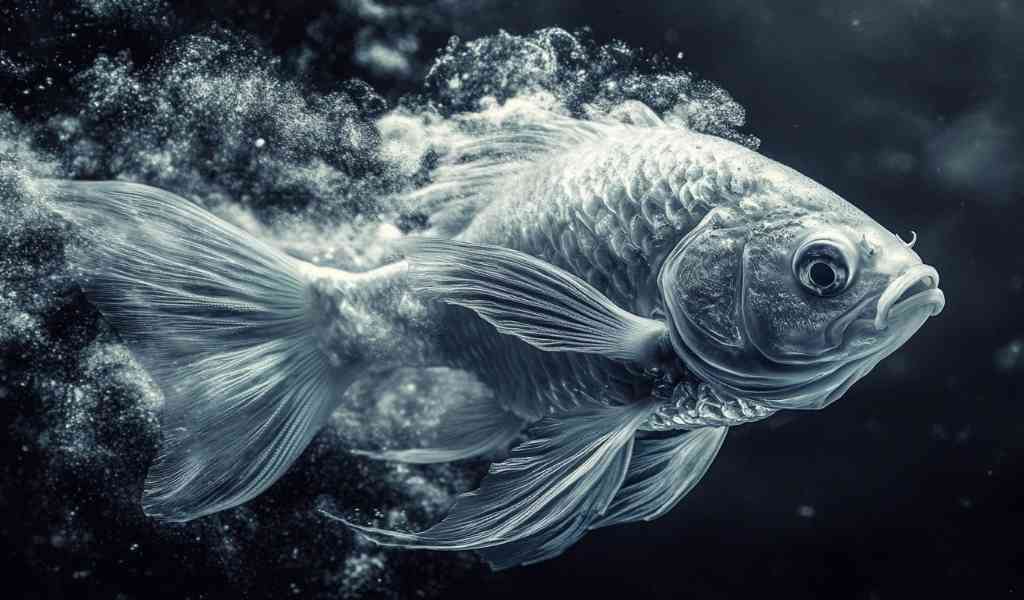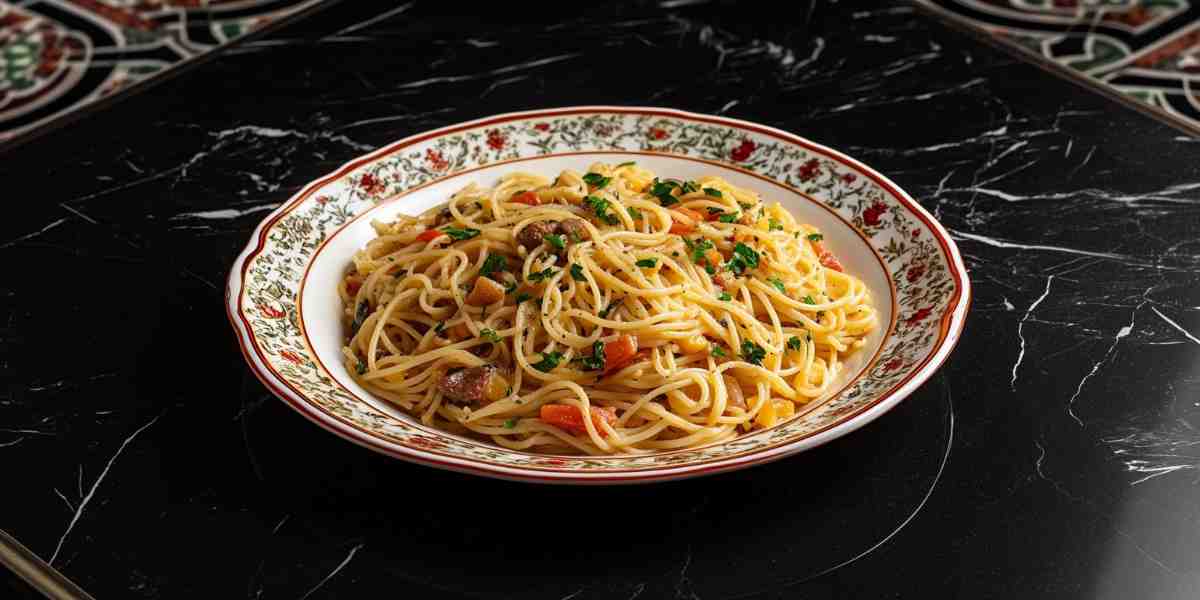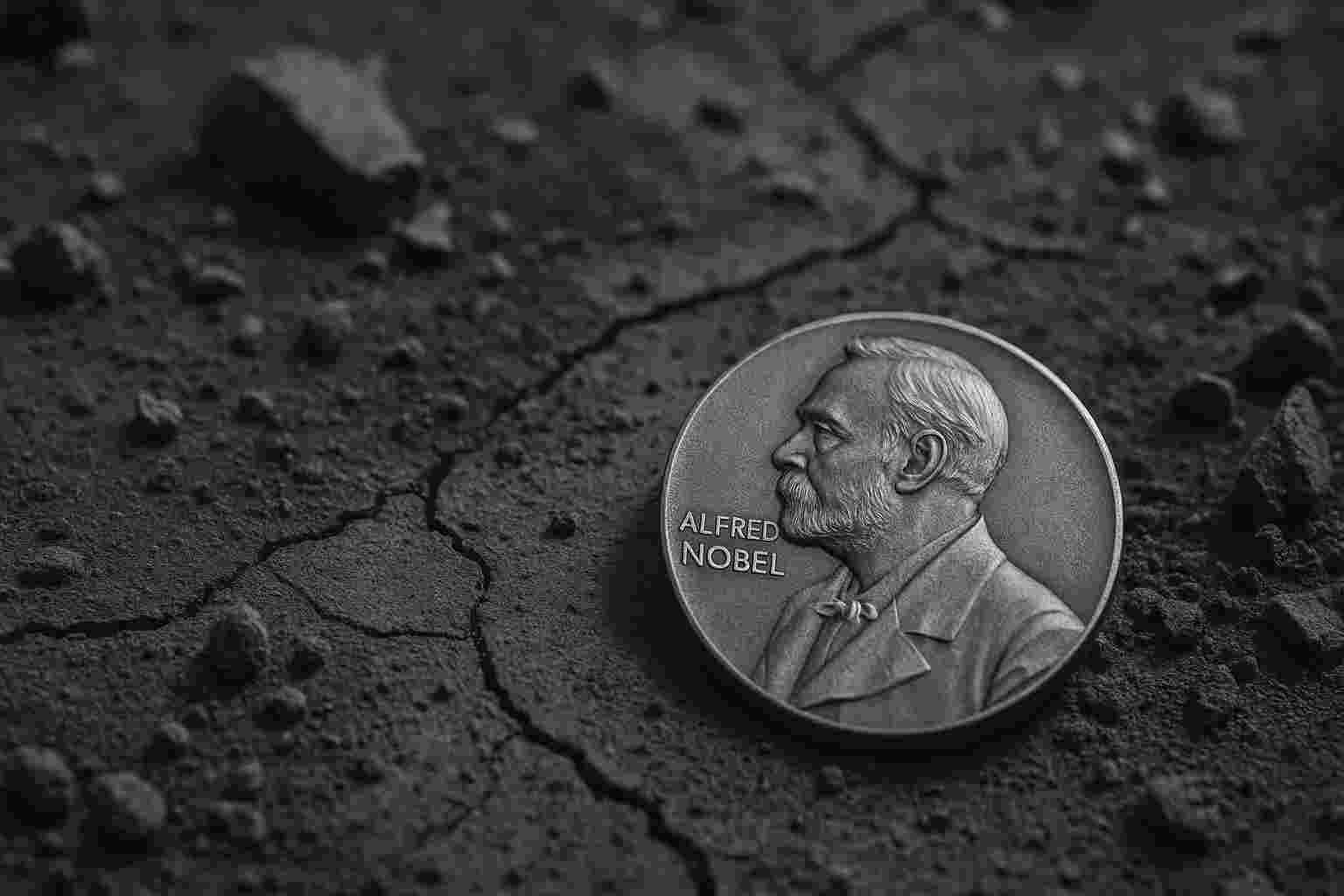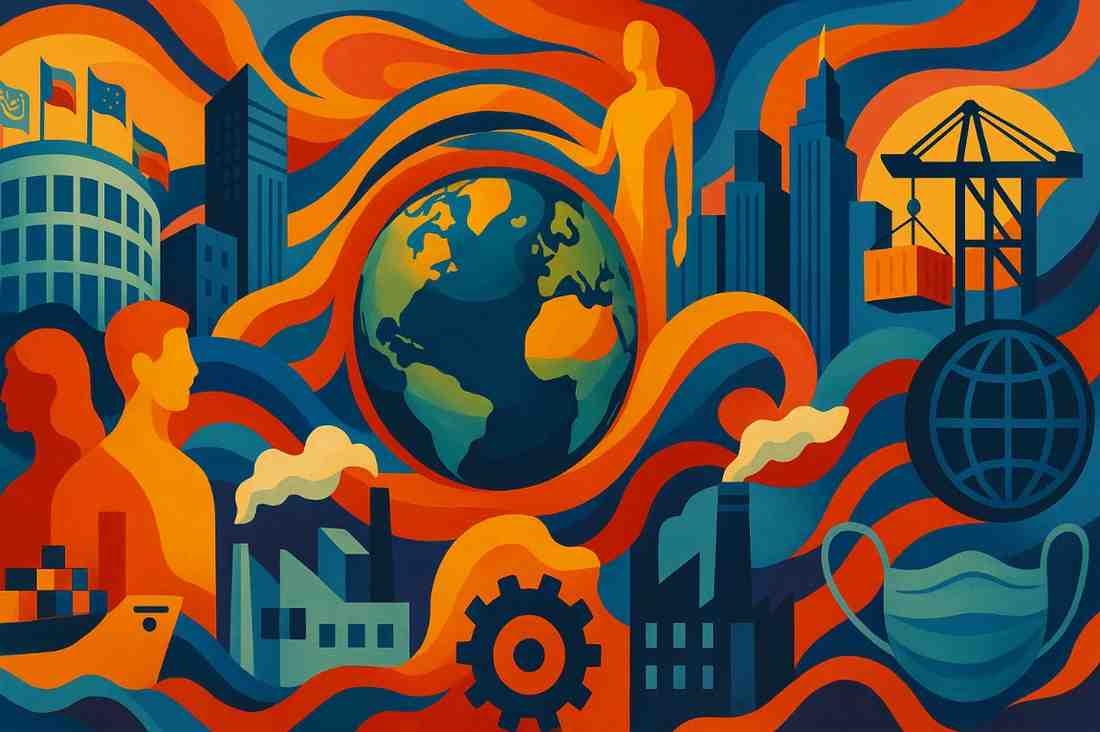The Netherlands: A Nation Under Pressure.

The Netherlands, once admired for its balanced welfare system and high quality of life, is becoming a state that prioritizes the needs of newcomers—migrants, expats, and foreign students—over its own citizens. While Dutch taxpayers carry the load, government policy increasingly rewards foreign labor, asylum seekers, and international institutions, leaving many Dutch citizens feeling abandoned in their own country.
The housing crisis
Foreigners first, locals last
The housing crisis illustrates this imbalance clearly. Young Dutch citizens spend years on waiting lists for social housing, sometimes up to 12 years in urban areas like Amsterdam or Utrecht. Meanwhile, asylum seekers and refugees are routinely prioritized for urgent housing due to agreements between municipalities and the national government.
According to Demografische ontwikkelingen Nederland, CBS, over 100,000 newcomers entered the country through asylum and family reunification in 2023. Despite a shortage of homes, the government continues to mandate housing for thousands of migrants, often in newly built accommodations—while native Dutch people are told to be patient.
Investors and expats inflating the market
Another factor driving unaffordability is the influx of expats and international investors. Entire neighborhoods in cities like Amsterdam are bought up by foreign landlords or filled with expats benefiting from generous tax incentives. These groups are able to pay inflated rents that Dutch workers cannot afford.
Expats and elite privileges
The 30%-regeling
The Dutch government offers expats a unique tax benefit: the “30%-regeling.” This allows highly paid foreign workers to receive up to 30% of their salary tax-free for five years. According to Expatregeling onder vuur, NRC, this costs the treasury hundreds of millions of euros annually and creates an uneven playing field for native Dutch professionals.
Dutch citizens performing the same work pay full tax—while their expat colleagues, hired through multinational companies or tech firms, receive elite treatment. This system undermines social cohesion and rewards globalism over national loyalty.
Cheap labor, expensive consequences
Importing workers to keep wages low
The Netherlands actively imports labor migrants for logistics, agriculture, and care sectors. While employers benefit from cheap and flexible labor, the public pays the price through pressure on services, falling wages, and rising housing demand.
The Migratie en arbeidsmarkt, Adviesraad Migratie, reports that many labor migrants live in cramped, substandard housing and rarely integrate into society. They often rely on municipal support and compete directly with lower-income Dutch workers for basic services.
Displacement and degradation
Rather than investing in better pay and working conditions to attract local workers, Dutch companies rely on foreign labor to keep wages low. This short-term strategy is profitable for business, but harmful for long-term social stability and cohesion.
Universities for sale
International students over native youth
Dutch universities aggressively recruit foreign students to fill their coffers. Programs are now taught almost exclusively in English, and classrooms are overcrowded. Dutch students are often pushed out of their own system, forced to compete with international applicants for a shrinking number of spots.
According to Internationalisering in het hoger onderwijs, Inspectie van het Onderwijs, over 40% of students in Dutch universities are now foreign nationals. The Dutch language is disappearing from academia, and native students are losing their place in their own institutions.
Housing and infrastructure strained
International students flood university towns, increasing demand for housing and causing shortages. Dutch students often end up commuting long distances or delaying their education entirely due to lack of access to affordable accommodation.
Public services under strain
Healthcare, transport, and education at capacity
Dutch citizens fund public services through some of the highest taxes in Europe. Yet they increasingly face long waiting times at hospitals, crowded public transport, and overstretched schools.
The Jaarverslag IND, Ministerie van Justitie en Veiligheid, shows asylum-related costs have exceeded €4.4 billion annually. These funds go toward housing, legal support, social integration, and welfare—all at the expense of the native population, whose services decline as resources are diverted.
Tax burden on the middle class
While costs increase, the tax burden remains squarely on the shoulders of Dutch workers. Middle-class families are paying more for fewer services while government policy continues to subsidize new arrivals.
Cultural and demographic erosion
Becoming strangers in their own neighborhoods
In cities like Rotterdam, Amsterdam, and The Hague, Dutch natives are becoming minorities. According to Bevolkingssamenstelling, CBS 2024, more than half of the residents in these cities have a migration background. This trend has deep cultural consequences.
Traditional customs, holidays, and values are increasingly discouraged as exclusionary or outdated. In public schools, Sinterklaas is labeled controversial, and halal-only food policies are introduced. Children grow up feeling they must apologize for their heritage.
Cultural dilution
The Dutch language and traditions are being replaced by multicultural policies that do not integrate, but segregate. According to De Erosie van de Nederlandse Cultuur, Elsevier Weekblad, these trends are encouraged by political elites and international organizations under the banner of inclusivity and diversity—while the native population is expected to give way silently.
The myth of “economic necessity”
More people, not more prosperity
Open-border advocates claim immigration is essential for economic growth. But this is misleading. While GDP may rise, GDP per capita often falls. According to Immigratie en de Welvaartsstaat, CPB, low-skilled migrants cost more in public spending than they contribute in taxes.
The reality is a managed economy focused on appearances rather than substance. Growth is measured in numbers, not in living standards. The average Dutch citizen sees no benefit—only higher costs, lower wages, and fewer opportunities.
Democratic betrayal
No voice, no vote
Despite widespread dissatisfaction, Dutch citizens are given no real say. Referenda are blocked. Critical voices are silenced or demonized. Parties that question mass immigration are kept out of power through political cordons.
The mainstream media, subsidized by government funds, enforces a narrow narrative. Critics of immigration policy are labeled “extremist” or “xenophobic,” regardless of the facts or their intentions.
Toward quiet demographic replacement
A policy without consent
This is not mere mismanagement—it is a structural transformation. Whether driven by EU directives, neoliberal economics, or globalist ideology, the effect is clear: native Dutch citizens are being systematically deprioritized.
As outlined in Het Grote Ontkennen, Paul Scheffer, demographic trends now suggest a long-term displacement of the native population in cities and key institutions. The question is no longer whether this is happening—but why it is allowed to continue without open democratic debate.
Conclusion: restore national priorities
The Netherlands must return to a policy of serving its own people first. This includes:
- Ending expat tax privileges
- Halting low-wage labor migration
- Limiting foreign student intake
- Prioritizing Dutch citizens for housing, jobs, and education
- Protecting the Dutch language and cultural identity
A state that no longer serves its own population loses its legitimacy. A government that refuses to listen to its people becomes a tool for foreign interests. If the Netherlands wishes to remain a sovereign, functional society, it must urgently reevaluate its priorities—and put the Dutch first again.









